Vanilla Dark Matter
World-leading sensitivity to Spin-Independent and Spin-Dependent interactions for GeV and sub-GeV Weakly Interacting Massive Particles (WIMP)
Three world leading collaborations joined forces in the search for Dark Matter, double beta decay, neutrinos and other rare processes!
What is Dark MatterA hypothetical form of matter whose evidence for existence can be seen across many scales in the universe. For nearly 100 years its nature has remained a mystery.
It does not emit or absorb light. Its presence was deduced purely due to its gravitational effects
Forms structures within which galaxies and clusters form. There is 5x more dark matter than conventional matter in the universe
A stable and neutral form of matter that interacts weakly with itself and others
No fundamental particle from the Standard Model behaves this way
Xenon is a world leading target to hunt for many dark matter candidates, search for neutrinoless double beta decay, neutrino physics and other rare processes
Read the White PaperA low-background, low-threshold xenon observatory can access more than just Weakly Interacting Dark Matter, including neutrinoless double-betta decay, double-electron capture, solar and astrophysical neutrinos, and broader beyond the Standard Model topics, especially axion-like particles and dark photon electron-recoil interactions
World-leading sensitivity to Spin-Independent and Spin-Dependent interactions for GeV and sub-GeV Weakly Interacting Massive Particles (WIMP)
Sensitive to a plethora of exotic particles due to excellent energy threshold and resolution; axion-like particles, dark photons, composite, mirror, asymetric models etc.
Search for neutrinoless double-beta decay of Xe-136, probing lepton-number violation and the Majorana nature of neutrinos.
Able to constrain solar metallicity models through measurements of pp Be-7 and B-8 neutrinos
Sensitive to neutrino properties, including magnetic moment and other non-standard interactions
An excellent early alert device for a supernova event also assisting with multi-messenger astrophysics
Memebers of our collaboration sharing their favourite part of wroking on XLZD
The first meeting as an official collaboration was hosted by the Italian underground laboratory LNGS, between the 30th of June and 3rd of July. Topics spanned early design concepts, updates on ongoing R&D, discussions on funding and siting, science requirements and much more. A visit through the underground lab, underneath the Gran Sasso mountain, offered a close look at the XENONnT detector, and the possible location XLZD could one day occupy.
Read moreThe third joint meeting for the XLZD consortium (now XLZD Collaboration) took place 15-19th of April 2024 at the Rutherford Appleton Laboratory, at Harwell in the UK. The detector design book and funding strategies were discussed in a wide forum. Excitement over the imminent formation of the future collaboration which will deliver this deffinitive instrument was also widespread. Find the agenda here.
Read moreThe second joint meeting after signature of the Memorandum of Understanding has taken place in April 2023 at UCLA. Find the agenda here
Read moreCo-spokespeople
Speakers Committee
General Enquiries


